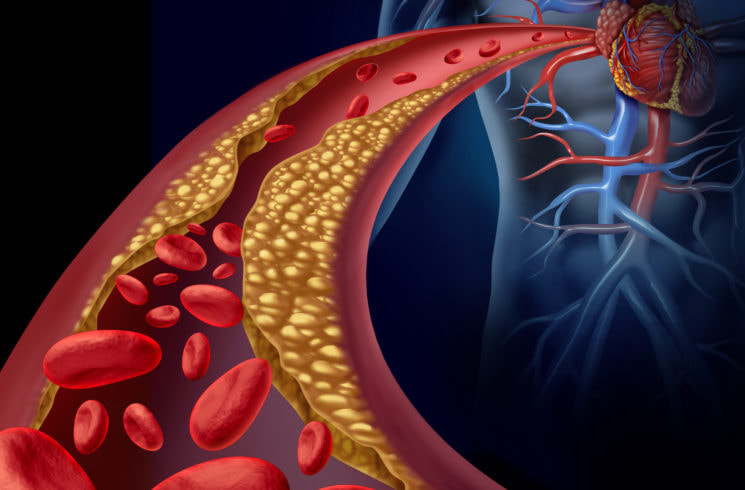|
Quick Facts about Cardiovascular Disease
5 ways to reduce your risk of Cardiovascular Disease 1. Give up the Ciggies Smoking damages the lining of the arteries, and the nicotine in cigarettes increases blood pressure, heart rate and makes the blood ‘stickier’ causing it to clump. Therefore these combined means you are at a higher risk of clotting and obstruction in your vessels. There is good news though if you choose to give up smoking, as once you quit, your risk of CVD reduces to a similar level to a non smoker. 2. Improve your nutrition There are many ways in which an unhealthy diet can increase your risk of CVD, with a diet high in saturated and trans fats increasing your levels of cholesterol; a high intake of sodium increasing blood pressure; and a low fruit and vegetable intake being linked to 20% of heart disease worldwide. In addition to this, an unhealthy diet generally leads to an increase in body fat and waist circumference, both of which increase your risk of developing CVD among other chronic diseases. 3. Reduce your Stress Levels Stress is a risk factor for CVD as it Is associated with increases in blood pressure and heart rate. A stressful lifestyle can also lead to poor lifestyle habits such as eating more unhealthy foods, alcohol consumption, smoking and poor sleep. 4. Reduce your body weight Your chances of developing CVD or dying from this condition is increased in overweight individuals, especially those with fat stored around their tummy. Obesity is associated with other conditions such as hypertension, high lipid levels and diabetes, all of which increase the risk of CVD events. 5. Exercise regularly Frequent exercise is strongly associated with a decrease in cardiovascular mortality as well as a decrease in the risk of developing cardiovascular disease. Physically active individuals have lower blood pressure, higher insulin sensitivity, and a more favorable plasma lipoprotein profile, which are 3 of the major risk factors for CVD. In addition exercise also helps to decrease or maintain a healthy weight, and can help to decrease your stress levels, 2 other risk factors for CVD. Therefore exercise really is the bomb when it comes to helping reduce your risk of CVD. How much?? … a minimum of 150 minutes of moderate intensity exercise is recommended, but higher intensities and higher volumes of exercise have been shown to be even better. Read more about Heart Health and exercise in our blog articles here. Lisa Parkinson Accredited Exercise Physiologist & Credentialed Diabetes Educator.
1 Comment
ROBINSON
6/8/2021 06:08:44 pm
I don't usually talk much on the internet but I had to open up this time because a miracle happened in my life and my uncle's life. After struggling with Amyotrophic Lateral Sclerosis ALS/MND, and My uncle with Parkinson's Disease too, for five years, We finally got helped by Dr. Ziza's, World Herbs Clinic Head doctor. keeping it to myself will be selfish of me. We used his herbal remedy for Three months and was fully reversed and now we have no symptoms of both condition. I urge you all having ALS/MND, and Parkinson's to give him a try.
Reply
Your comment will be posted after it is approved.
Leave a Reply. |
AuthorSLisa Parkinson Archives
July 2024
Categories
All
|


 RSS Feed
RSS Feed